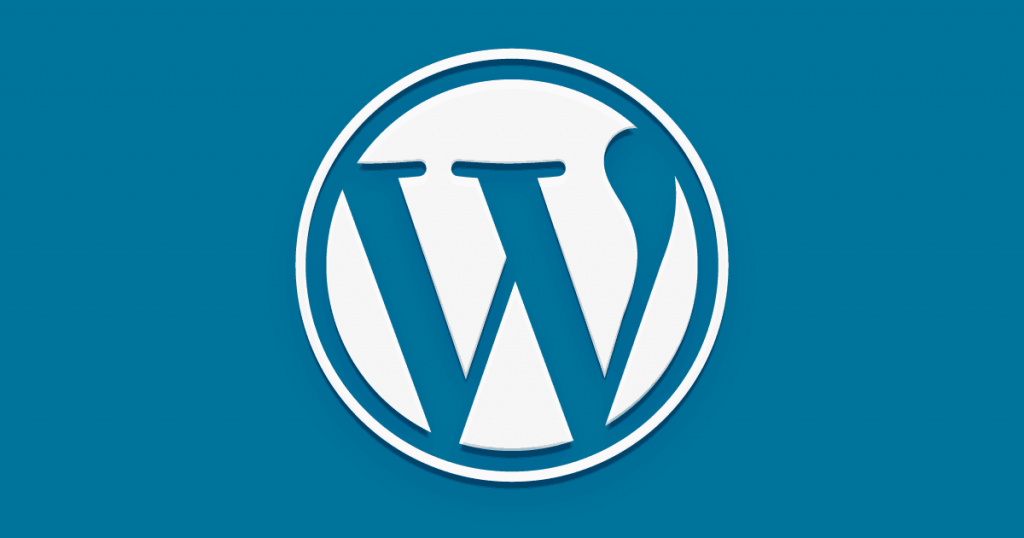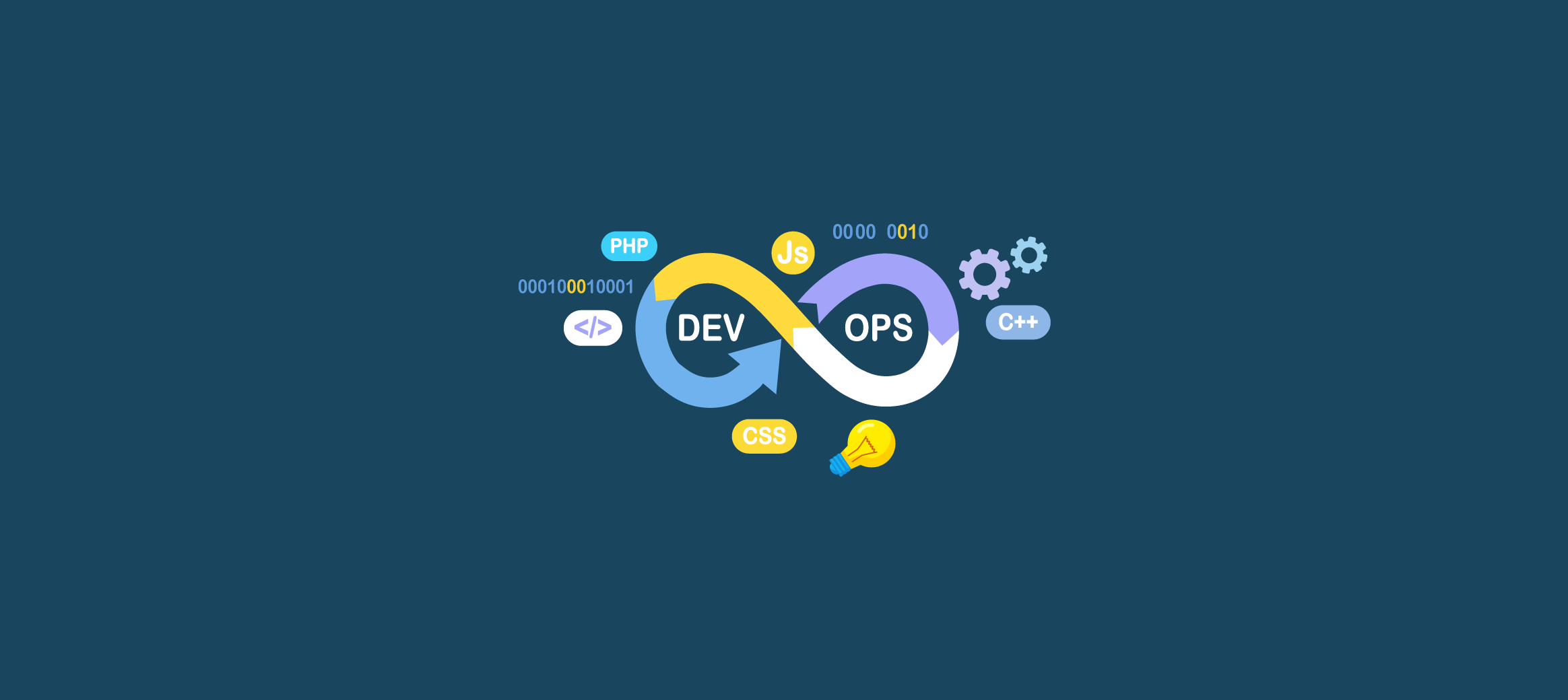
In this post, I’ll walk through essential best practices to secure your WordPress installation, protect sensitive files, and monitor for changes or breaches. We’ll also include advanced server-level hardening tips that I used in the industry.
✅ 1. Disable File Editing from wp-admin
By default, WordPress allows admin users to edit theme and plugin files directly from the dashboard—a major risk if an attacker gains access.
Add this to wp-config.php:
define('DISALLOW_FILE_EDIT', true);📌 Removes “Theme Editor” and “Plugin Editor” from admin.
✅ 2. Disable Plugin and Theme Installation & Updates
To prevent installation or updating of themes and plugins from the dashboard:
define('DISALLOW_FILE_MODS', true);⚠️ Use this only if your site is stable and you handle updates manually via FTP or SSH.
✅ 3. Harden File and Directory Permissions (Linux)
SSH into your server and run:
cd /var/www/html # Replace with your path
# Set proper file permissions
find . -type f -exec chmod 644 {} \;
# Set proper directory permissions
find . -type d -exec chmod 755 {} \;
# Lock sensitive files
chmod 600 wp-config.php
chmod 644 .htaccess✅ 4. Lock Critical Files with chattr (Immutable Attribute)
chattr prevents even root users or malware from modifying files:
sudo chattr +i wp-config.php
sudo chattr +i .htaccessTo unlock:
sudo chattr -i wp-config.php🛡️ This defends against common malware that rewrites .htaccess or config files.
✅ 5. Lock Core Directories (Advanced)
If you’re not making frequent changes:
sudo chattr -R +i wp-includes
sudo chattr -R +i wp-admin❌ Do not apply this to wp-content/uploads, or media uploads will break.
✅ 6. Block PHP Execution in Uploads
Prevent attackers from uploading backdoor scripts:
📍For Apache (/wp-content/uploads/.htaccess):
<FilesMatch "\.php$">
Order Deny,Allow
Deny from all
</FilesMatch>📍For Nginx:
location ~* /wp-content/uploads/.*\.php$ {
deny all;
}✅ 7. Secure .htaccess Rules
Append this to your .htaccess file:
NOTEReplace
yourdomain.comwith your actual domain
# WordPress Rules
<IfModule mod_rewrite.c>
RewriteEngine On
RewriteBase /
RewriteRule ^index\.php$ - [L]
RewriteCond %{REQUEST_FILENAME} !-f
RewriteCond %{REQUEST_FILENAME} !-d
RewriteRule . /index.php [L]
</IfModule>
# Enable Gzip Compression (Improves Speed)
<IfModule mod_deflate.c>
AddOutputFilterByType DEFLATE text/plain text/html text/xml text/css application/javascript application/json
</IfModule>
# Enable Browser Caching (Improves Performance)
<IfModule mod_expires.c>
ExpiresActive On
ExpiresByType image/jpg "access plus 1 year"
ExpiresByType image/jpeg "access plus 1 year"
ExpiresByType image/gif "access plus 1 year"
ExpiresByType image/png "access plus 1 year"
ExpiresByType text/css "access plus 1 month"
ExpiresByType text/x-javascript "access plus 1 month"
ExpiresByType application/javascript "access plus 1 month"
ExpiresByType application/pdf "access plus 1 month"
ExpiresByType application/x-shockwave-flash "access plus 1 month"
ExpiresByType image/x-icon "access plus 1 year"
ExpiresDefault "access plus 2 days"
</IfModule>
# Block Hotlinking (Prevents Image Theft)
<IfModule mod_rewrite.c>
RewriteEngine on
RewriteCond %{HTTP_REFERER} !^$
RewriteCond %{HTTP_REFERER} !^http(s)?://(www\.)?yourdomain.com [NC]
RewriteRule \.(jpg|jpeg|png|gif)$ - [NC,F,L]
</IfModule>
# Enable Keep-Alive (Reduces Server Overhead)
<IfModule mod_headers.c>
Header set Connection keep-alive
</IfModule>
# Disable Directory Browsing (Security)
Options -Indexes
# Protect wp-config.php (WordPress Security)
<Files wp-config.php>
order allow,deny
deny from all
</Files>✅ 8. Disable XML-RPC (If not used)
xmlrpc.php is often abused by bots for brute-force and DDoS attacks.
📍Add to .htaccess:
<Files xmlrpc.php>
order deny,allow
deny from all
</Files>✅ 9. Use Strong Login Protections
- Limit login attempts (use plugin or Nginx/Fail2Ban)
- Use 2FA (Google Authenticator or Authy)
- Change
/wp-login.phpURL using plugins like WPS Hide Login - Rename the default admin username
- Use long, random passwords for all accounts
✅ 10. Regular Backups
Use tools like:
- UpdraftPlus
- All-in-One WP Migration
☁️ Ensure your backups are stored off-site (Google Drive, S3, etc.).
✅ 11. Secure Database Access
In wp-config.php, add:
define('DB_USER', 'yourdbuser');
define('DB_PASSWORD', 'strongpassword');
define('DB_HOST', 'localhost');Also, rename your table prefix from wp_ to something custom like x9y_ to protect from SQL injection bots.
✅ 12. Enable SSL (HTTPS)
- Use Let’s Encrypt or a commercial SSL
- Force HTTPS redirection in
.htaccessor Nginx config
RewriteEngine On
RewriteCond %{HTTPS} off
RewriteRule ^(.*)$ https://%{HTTP_HOST}/$1 [R=301,L]✅ 13. Keep Everything Updated
Outdated plugins and themes are a major attack vector.
- Enable auto-updates for security releases
- Remove unused plugins/themes
NOTEUse a WAF or CDN with Security Services like: Cloudflare
